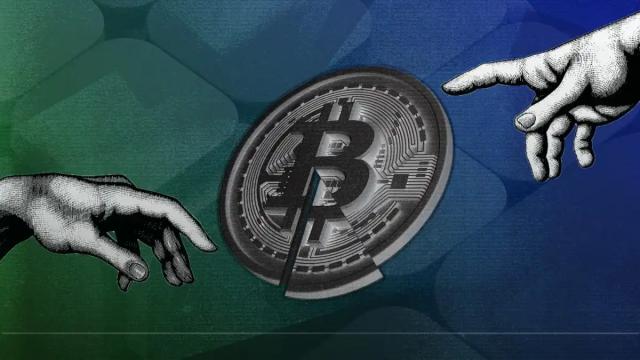Ngày 7 tháng 4, theo dõi từ Lookonchain, Strategy không mua vào BTC trong tuần qua, hiện đang nắm giữ 528,185 BTC (40,43 tỷ đô la Mỹ), với giá mua trung bình là 67.458 đô la Mỹ, lợi nhuận chưa thực hiện khoảng 4,8 tỷ đô la.
Kể từ khi Trump giành chiến thắng trong cuộc bầu cử năm 2024 vào tháng 11, Strategy đã mua vào 275.965 BTC (25,73 tỷ đô la Mỹ) với giá trung bình 93.228 đô la Mỹ, và phần này đã bị lỗ khoảng 4,6 tỷ đô la.







